NOTE: This article was first published over at nikonglass on the 28th February 2013
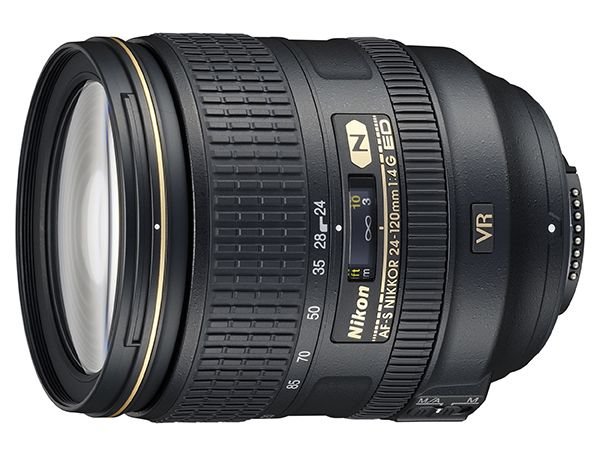
THE MUST HAVE "ONE-DOES-ALL"
This new constant zoom from Nikon is now my favorite and most used lens. I love it so much that i replaced it with my previous love, the AFS 24-70mm f/2.8G. Read-on to find out why!
INTRO
The 24-120mm range has been in the Nikon lineup for a long time (mid 90's) and even though it has been widely used it never managed to gain a good reputation. It has a nice range for travel and event photographers, but optical performance was always a problem with both previous incarnations. Personally I was limiting myself to shooting at f/8 for the majority of my shots just to get reasonably sharp images (more so with the 2nd version).
As a professional wedding photographer I have always invested in the trio of f/2.8 zooms, but I always was frustrated by the short range offered by the 24-70mm, especially on the long end. This is why I always had tried the various 24-120mm incarnations and other mid-to-long range zooms from other manufacturers in the hope of one day finding a lens that could combine a long zoom range with a decent optical performance.
So when Nikon announced the new AFS 24-120mm f/4G VR zoom, I was excited but obviously didn’t have any high expectations. Especially since I was accustomed to a certain degree of performance from my favorite lens, the AFS 24-70mm f/2.8G. But I was curious to see what improvements Nikon had done to this new incarnation, if any! So I paid the price and got one.
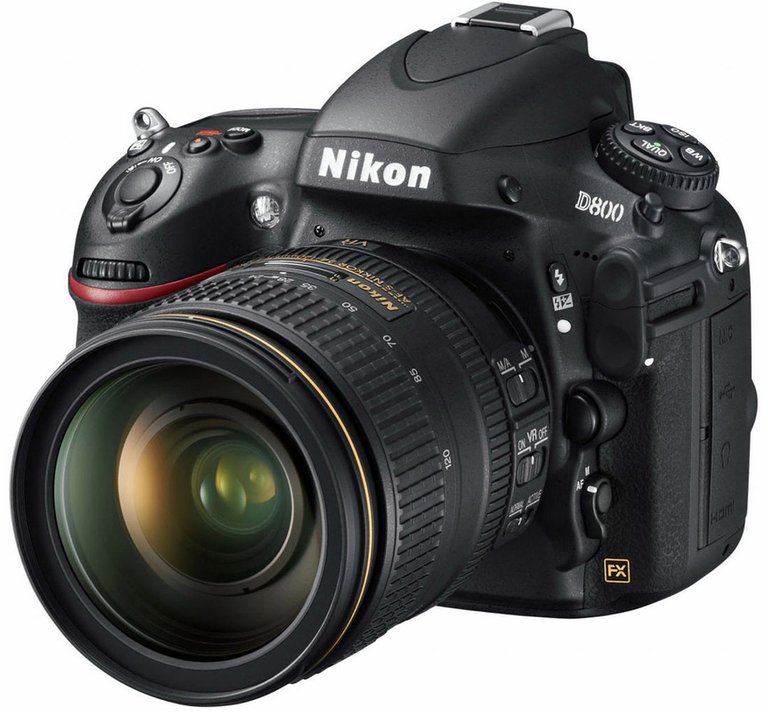
The first thing to dislike about the lens, is its price! At 1200€ it was quite expensive considering that you could get the AFS 24-70mm f/2.8 for only 300€ more!
DESCRIPTION
Compared to the 24-70mm which weighs 900g the new lens weighs only 670g and has a length of only 103mm compared to 133mm for the 2.8 zoom. So looking at the specs you would think you are getting something smaller and lighter than the AFS 24-70mm, but that is not really the case. What I mean is, when I first opened the box and grabbed the lens in my hand, it was then that I realized that this is one big lens! One thing most people overlook when buying photographic gear is ergonomics. The one big advantage of the AFS 24-70mm lens is its sculptured ergonomic design which helps to give a feeling of a smaller and lighter lens when in fact its not. So the new 24-120mm is a real heft once in your hand.
A bayonet mount hood is included, and the lens is compatible with standard 77mm filters. It can focus as close as 0.45m at any focal length, which is quite useful for working tight—but it's no substitute for a real macro lens. When mounted on a DX body, the lens will provide an effective field of view of 36-180mm. Unlike pro lenses this zoom has the focus ring towards the rear and the zoom ring towards the front. Combine this with the large lens diameter and the not-so-wide zoom ring and you can start to imagine what a pain it is in use. For everyday family events or even travel photography, this may not be too much of a problem, but for the pro capturing an all day event such as a wedding, zooming in and out all day can become very tiresome. With the 24-120mm you need to extend your fingers further and then reposition your grip to re-extend again a second time if you want to go from wide to tele. This negative characteristic is the one I hate the most about this lens. And the stiffness of the zoom ring doesn't help either. Of-course, you do get used to the extra work required by this lens since the results always put a smile on your face.
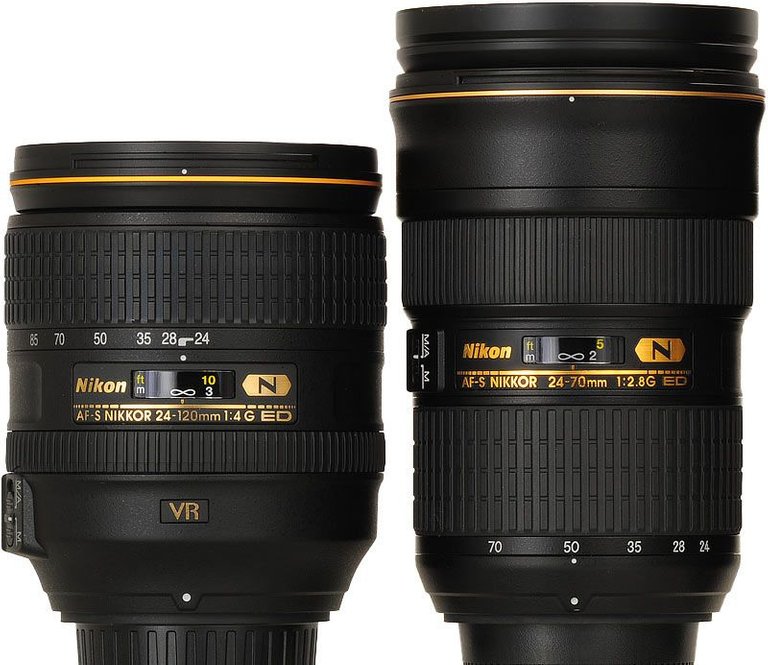
Unlike the ergonomically designed AFS 24-70mm (above) you cant change the zoom with one-finger ease on the 24-120mm
BUILD QUALITY
Considering this is not in the same class as the AFS 24-70mm f/2.8G lens, this Thailand built double-barreled zoom feels surprisingly solid and well built even when zoomed out to 120mm. Since there is no weather sealing like that on the 24-70mm, one should be more careful with this lens in wet or sandy environments. So avoid retracting the zoom unless you first wipe the barrel clean of any foreign material such as sand or moisture! This will insure a longer life for your lens.
I have now owned this lens for 4 months and its still as stiff as when I first got it. The downside of this is its hard to zoom and can tire you quickly. On the other hand there is no zoom creep to worry about – at-least for the time being. Overall, the build quality is very good to excellent.
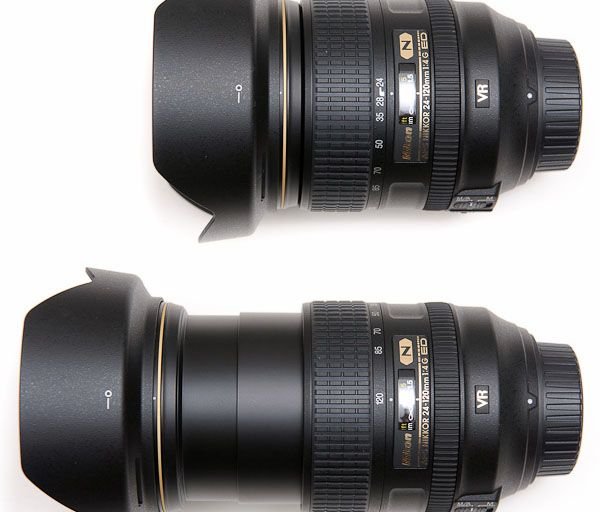
What the AFS 24-120mm f/4G VR double barrel zoom lens looks like retracted and extended.
QUICK SPECS
- Zoom Ratio 5.0x
- Max Aperture f/4
- Min Aperture f/22
- Max Angle of View 84°
- Min Angle of View 20°30'
- Max Rep. Ratio 0.24x
- Lens Elements 17
- Lens Groups 13
- Diaphragm Blades 9
- Nano Crystal Coat Yes
- ED Glass Elements 2
- Super Integrated Coating Yes
- Internal Focusing Yes
- Min Focus Distance 0.45m
- Filter Size 77mm
- Dimensions 84 x 103mm
- Weight 670g
PICTURE QUALITY
So the lens produces sharp and pleasing images but what about the distortion and vignetting. Well its only natural that this 5x zoom will show these weakness but they aren’t anything to really worry about as you'll read further down. Lets not forget that this lens was not designed for architectual photography nor for the demanding professional. It was designed for the travel photographer who needed a one lens-solution. But don't despair, the good news is that it performs so well that in the hands of a good photographer, this lens can compete against its pro brothers and become a one-lens solution for any photographer, pro or not! This is why I have since sold my 24-70mm, that had me always seeking more range at the long end.

Even with such a busy background, the bokeh is pleasant!. Nikon D800 & AFS 24-120mm f/4G @ 24mm wide open with the sun just out of frame.

100% Screen grab. As you can see, there is some green fringing but it has a negligible affect on the final image. Of note is the sharpness and the good handling of flaring.
SHARPNESS
Generally speaking, performance is best in the wide-angle and mid-range and surprisingly it performs at its best when used wide open or stopped down just one stop. Overall its super sharp at all tested focal lengths and apertures from wide open to f8. More precisely best performance comes at ƒ/4 -f/5.6 and slowly degrades as the lens is stopped down further. The optimal setting can be found between the 35mm – 70mm mark and at ƒ/5.6, where sharpness and contrast are peaking across the whole frame, especially at 50mm. At 85mm and above sharpness seems to degrade a little though not very noticeably - this is why I personally don’t find the need to stop down. For those who decide to stop down one stop to ƒ/5.6 will gain sharpness across more of the frame. Also worthy of mention is the fact that focusing distance plays its role here as well. The lens produces amazing results when focusing close and up to about 10m away. Once you start focusing on distant subjects, you need to close down a little to retain contrast and sharpness.
CHROMATIC ABERRATION
With an optical design that includes 2 x ED glass elements, 3 x Aspherical elements plus Nano-Crystal coating technology, you can be assured that chromatic aberrations are kept to a minimum. Though you should keep in mind that just like with most lenses, the harsher the lighting conditions the harsher the effects of color fringing and other aberrations, though for the most part I have been very happy with how this 5x zoom lens performs. Mind you I have been happy with its performance even though i have been mostly shooting wide open where aberrations are usually at their peak. You can reduce the impact of CA's by stopping down. Also worth noting is that Lightroom 4.3 has a good lens profile for this lens and seems to do a great job of correcting any aberrations.
VIGNETTING
Vignetting can be reduced by stopping down, but it never seems to go away, especially at the wider zoom range. If I went ahead and posted pics of its effects, it would affect your judgment more than you think it matters. Trust me, you shouldn't judge a lens only by numbers. Personally I have never really been bothered by the light fall off from the lenses I have owned ... well, apart from the AF 18mm f/2.8D.
DISTORTION
Nobody wants distortion, but its something we cant avoid when it comes to such zoom lenses. Between 24mm and 30mm barrel distortion is noticeable, but acceptable. Between 50mm and 85mm we start to see some heavy pincushion. Thankfully, these distortions are uniformly curved and not wavy, which means that they can be corrected easily in Lightroom or other editing programs.
BOKEH
I have been shooting this lens wide open ever since I got it and love its wide open performance. Love the sharpness, the color, the contrast, but that which I have been impressed with the most is its bokeh performance. Unlike what others are reporting on the Internet, I find that this 5x zoom lens produces a pleasant bokeh, especially after 58mm. I wanted to wait a bit more before releasing this review so I can get my hands on a second sample, but I have to admit that I was so impressed by its performance, I just had to share this info with you people ;-)

The bokeh at 24mm is not great but I don't think its bad either. The bokeh starts to improve from 58mm onwards all the way to 120mm. In the example above with the very busy background the 24-120mm @ 58mm still managed a pleasant bokeh.
AUTOFOCUS
Thankfully, AF operation for the 24-120mm ƒ/4 is near silent, reasonably fast and always on target. The AFS 24-70mm f/2.8G is certainly faster, but not by much. This means that the AFS 24-120mm f/4G VR is a very capable lens, just not lightning fast like the 24-70mm but then again I wouldn't mind if it were faster ;-).
VR
I'm not a big fan of stabilization, though I don't mind having the option available on such an everyday zoom. Unlike other photographers that leave VR engaged all the time, my advice is to leave it disengaged and use it only when needed. When in use, it sure helps to capture sharp images at low speeds. There are two modes of operation. For the most part you should leave the VR in Normal mode. Active mode is for when shooting from a moving vehicle or other vibrating platform.
ONE LENS SOLUTION
There were times when I would carry 2 bodies, one with the 24-70mm and the other with the 70-200mm. Now with the 24-120mm I can get away with just one lens, though I still have the 70-200mm close by. So far its working out great! The difference between 70mm and 120mm may not sound like much to some of you, but let me assure you that its enough to go from half body portrait to full face. And i dont find the need to go beyond 120mm during the ceremony. While I don’t recommend shooting a wedding with just one lens, I can say the 24-120mm has been liberating for me.
PICTURES TAKEN WITH THE AFS 24-120MM F/4G VR
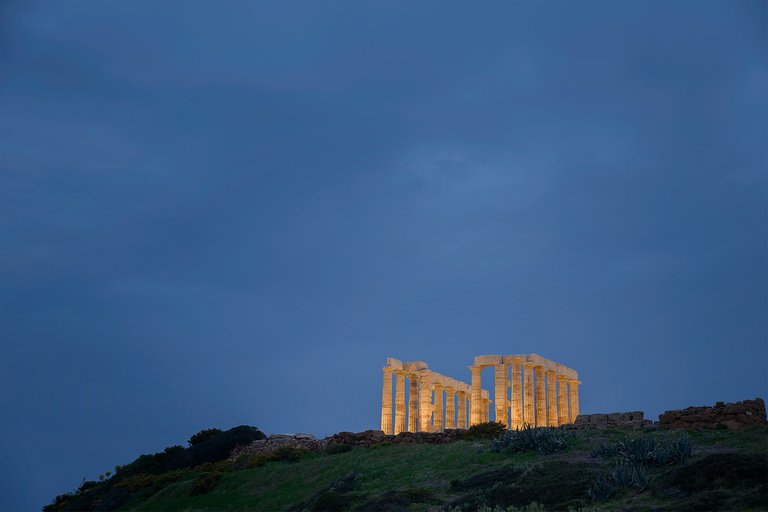



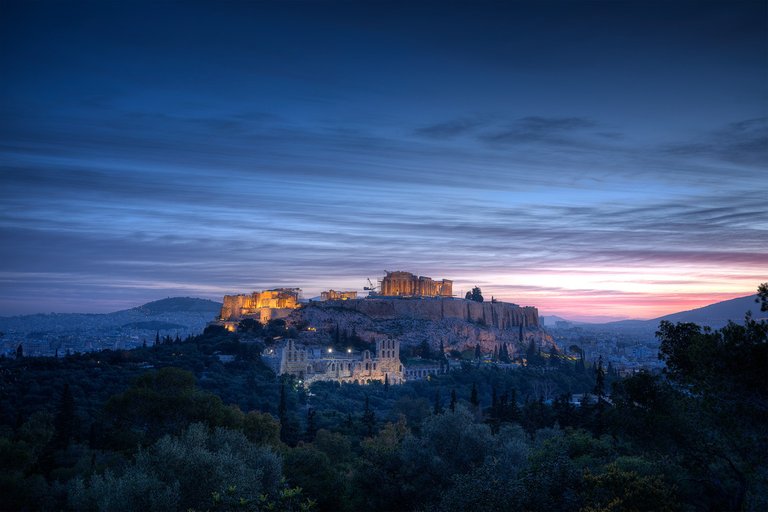
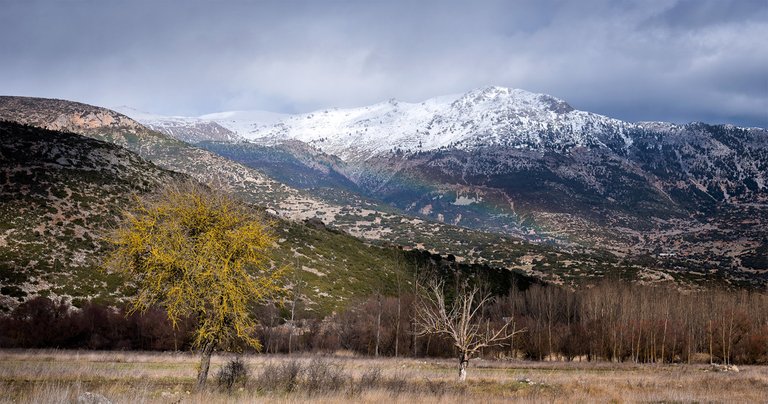
Windy day with no tripod. I put the VR to action and managed a clean shot.
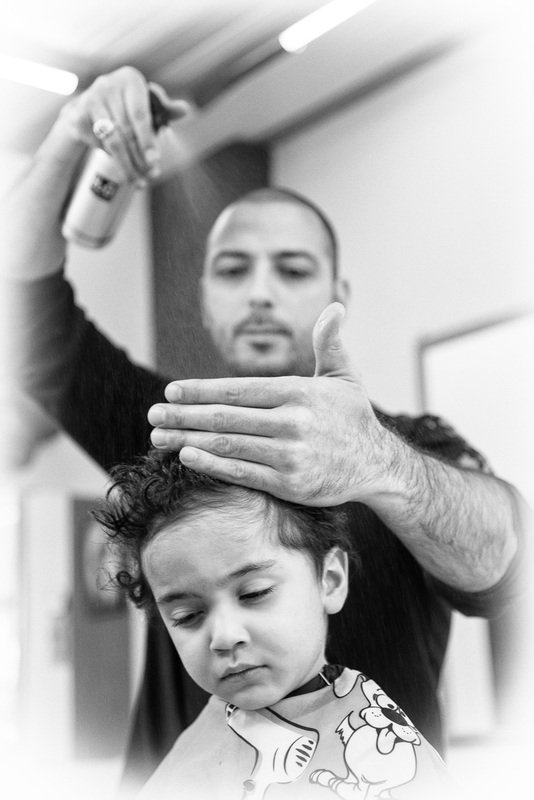
On the wide end of the zoom and wide open! And i still can get good separation at f/4!

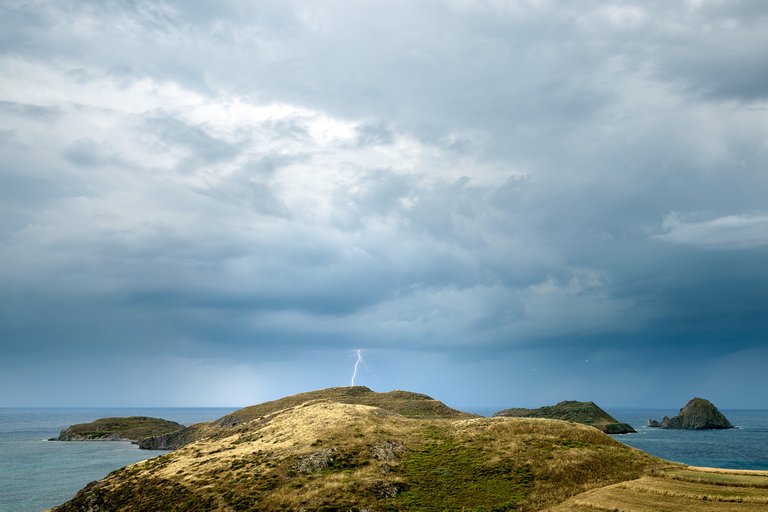
LAST WORDS
After reading the above, I hope you understand that I'm not claiming that this is a better lens than the AFS 24-70mm f/2.8G that I sold, though it's not that far off. I did the switch mainly because i had a need for more reach.
Getting back to the lens in question, all i can say is that it's a MUST have lens for any Nikon shooter, whether hobbyist, semi-pro or pro. The 24-120mm f/4 lens has the capabilities for producing very sharp pictures with pleasing backgrounds while still offering a large zoom range from wide angle to tele! If you are an FX shooter and can only afford to invest in one lens then this is the one - albeit expensive. Its remarkably robust compared to the competition, its very sharp and its distortion is acceptable in all but the most critical applications.
UPVOTE & SHARE
If you enjoyed this article I would really appreciate an upvote ;-) You could also help me by resteeming my article for others to find and read, thanks!
Hi! I am a robot. I just upvoted you! I found similar content that readers might be interested in:
http://www.johncaz.net/blog/af-s-24-120mm-f4g-ed-vr